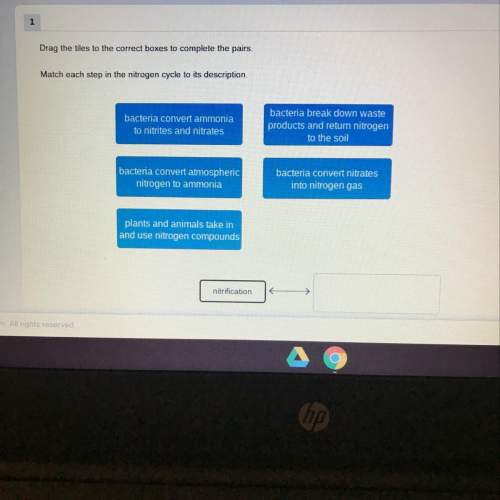
Biology, 03.12.2021 22:20, benwill0702
11. Which of these cells is responsible for cell-mediated immunity?
A. B lymphocyte
B. plasma cell
C. T lymphocyte
D. phagocyte
12. Which of the following is true of antibodies?
A. They are made by B lymphocytes.
B. They are made by Helper T lymphocytes.
C. They are made by Killer T lymphocytes.
D. They are made by macrophages.
13. Which cells produce chemicals that cause the other parts of the immune system to function?
A. B lymphocytes
B. Helper T lymphocytes
C. Killer T lymphocytes
D. plasma cells
14. Which of the following remain after recovering from an infection and provide immunity?
A. memory cells
B. phagocytes
C. macrophages
D. plasma cells
15. Which of the following immune system cells are the hosts for HIV?
A. B lymphocytes
B. Helper T lymphocytes
C. Killer T lymphocytes
D. plasma cells
16. Which of these is an example of natural active immunity?
A. immunity after receiving a vaccination
B. immunity after recovering from a pathogen infection
C. a baby's immunity resulting from antibodies from its mother
D. None of these choices is correct.
17. Which of the following best explains how vaccinations result in ACTIVE immunity?
A. The vaccination causes a primary immune response and memory cells are retained for life.
B. The vaccination contains antibodies.
C. The vaccination contains lymphocytes from horses.
D. None of these choices is correct.
18. Which of the following practices contributes to bacteria that have resistance to antibiotics?
A. Prescribing antibiotics for diseases that are not caused by bacteria.
B. Self prescribing of antibiotics by people whenever they are ill.
C. Patients stop taking prescribed antibiotics when they begin to feel better instead of finishing the prescription.
D. All of these choices are correct.
19. Which of the following can result in an endemic disease becoming an epidemic?
A. The health of the host population is reduced by overcrowding or stress.
B. There is a drastic increase in the population of the vector of the pathogen.
C. The pathogen mutates to a more dangerous form.
D. All of these choices are correct.
20. What is the name for a disease outbreak that spans several continents or the entire world?
A. an endemic
B. an epidemic
C. a pandemic
D. All of these choices are correct.

Answers: 1
Other questions on the subject: Biology




Biology, 22.06.2019 04:30, brianna1096
Quick asap will give brainiest ! what best describes the same pattern of tides on earth throughout the day? neap tides spring tides semidiurnal tides nocturnal tides
Answers: 1
Do you know the correct answer?
11. Which of these cells is responsible for cell-mediated immunity?
A. B lymphocyte
B....
B....
Questions in other subjects:


English, 03.04.2020 00:40


History, 03.04.2020 00:40












